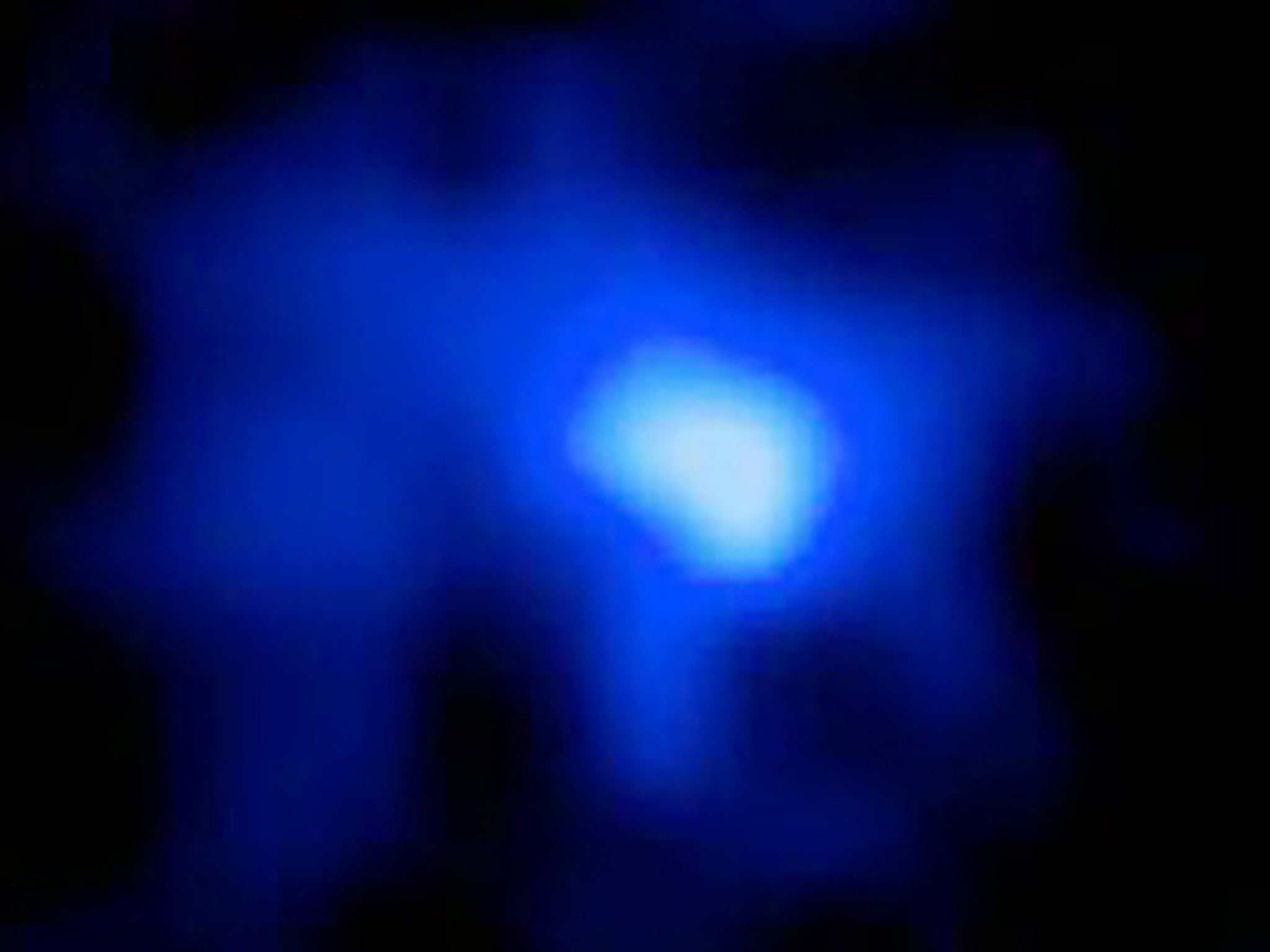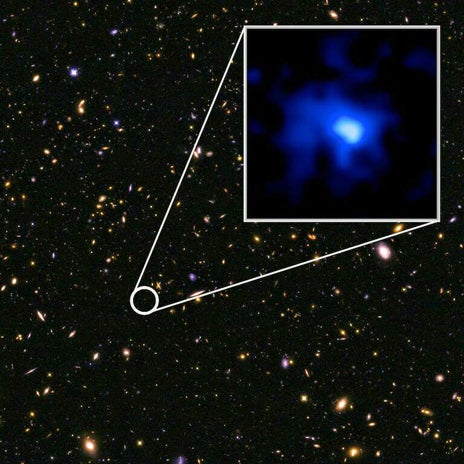New galaxy is the furthest away we've ever found
Light reaching us from the galaxy left there when the universe was only 5 per cent as old as it is now

Scientists have discovered the galaxy furthest away from us, and it is so distant that the light reaching us from it is already 13 billion years old.
Researchershave confirmed that the galaxy EGS-zs8-1 is the most distant galaxy ever measured, using a special instrument on a telescope at Hawaii and analysing the colours of the images. The galaxy is exceptionally bright, and is one of the most massive objects in the universe.
That the galaxy is so far away means that we can see it at a very early stage of its development. Since light takes so long to traverse the universe, spotting distant galaxies mean that they’re also much younger — the light from the newly-discovered galaxy left there when the universe was just 5 per cent as old as it is now.
Looking at the older stars, scientists can see how the first galaxies formed. The newly-discovered one is forming stars about 80 times faster than ours does today.
“It has already built more than 15% of the mass of our own Milky Way today,” said Pascal Oesch, a Yale astronomer and lead author of the study. “But it had only 670 million years to do so. The universe was still very young then.”

Scientists used a special telescope, known as MOSFIRE, to discover the new galaxy. Scientists say that one of the main projects of astronomy over the next decade will be to measure such far away galaxies and understand their properties.
Scientists hope to improve those observations in the coming years using the new James Webb Space Telescope, which will take over from the 25-year-old Hubble. It will launch in 2018 and will be able to look even further, as well as looking in more detail at the newly-discovered galaxies.
"Our current observations indicate that it will be very easy to measure accurate distances to these distant galaxies in the future with the James Webb Space Telescope," said co-author of the study Garth Illingworth. "The result of JWST's upcoming measurements will provide a much more complete picture of the formation of galaxies at the cosmic dawn."
Join our commenting forum
Join thought-provoking conversations, follow other Independent readers and see their replies
Comments
Bookmark popover
Removed from bookmarks